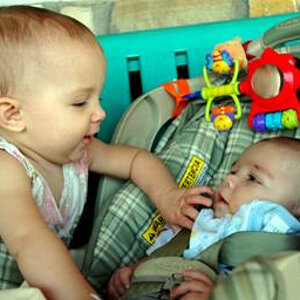jemmy
TPF Noob!
Hi guys... another perhaps silly  but serious couple of questions here....
but serious couple of questions here....
Question #1...I am a big lover of portraiture and am rather happy with my 'one subject' portraits.... after advice i tend to activate only one sensor, and use focus lock, to get a good sharp shot of the subject...... now, my dilemma is shooting portraits of 2 or more people... i should then activate all sensors to get everyone sharp???? Have been finding one person to be sharper than others which i i am hating with a passion!!!!!!!....Should i be shooting on a particular mode or using specific settings to combat this problem??... i tend to swap around from Av to Program.... any advice on getting all of my subjects SHARP is greatly appreciated enormously!
Thanks in advance and sorry if this is a laughable question - I am so far self-taught only apart from a short course on 'getting to know my camera' but hoping to book into a course in the near future..... which leads me to my
and sorry if this is a laughable question - I am so far self-taught only apart from a short course on 'getting to know my camera' but hoping to book into a course in the near future..... which leads me to my
2nd question....
i know most of you are from other parts of the globe but does anyone recommend a particular course... i have been looking into the Diploma of Photography at Southbank Institute of TAFE but i'm not sure if i could fit a 2 year full time course in to my busy little life as a stay at home mum of 2 littlies?! xx don't think i would benefit from an external type course - i'm more of a 'go to class' type learner xx Any advice again appreciated muchly xxxxx
Question #1...I am a big lover of portraiture and am rather happy with my 'one subject' portraits.... after advice i tend to activate only one sensor, and use focus lock, to get a good sharp shot of the subject...... now, my dilemma is shooting portraits of 2 or more people... i should then activate all sensors to get everyone sharp???? Have been finding one person to be sharper than others which i i am hating with a passion!!!!!!!....Should i be shooting on a particular mode or using specific settings to combat this problem??... i tend to swap around from Av to Program.... any advice on getting all of my subjects SHARP is greatly appreciated enormously!
Thanks in advance
2nd question....
i know most of you are from other parts of the globe but does anyone recommend a particular course... i have been looking into the Diploma of Photography at Southbank Institute of TAFE but i'm not sure if i could fit a 2 year full time course in to my busy little life as a stay at home mum of 2 littlies?! xx don't think i would benefit from an external type course - i'm more of a 'go to class' type learner xx Any advice again appreciated muchly xxxxx


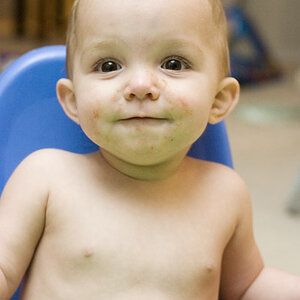




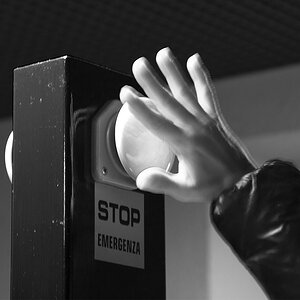
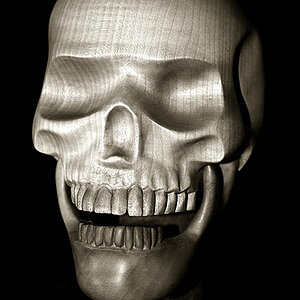
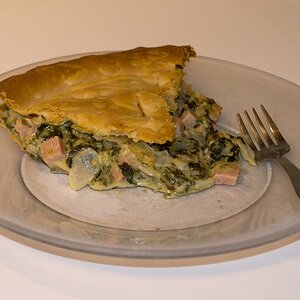

![[No title]](/data/xfmg/thumbnail/36/36301-27972c0474532c2ef657014362950733.jpg?1619737495)

